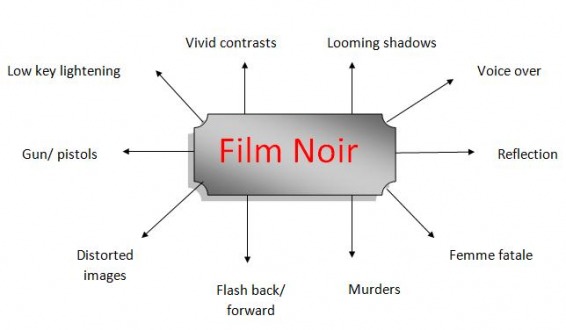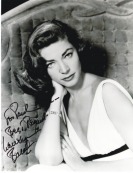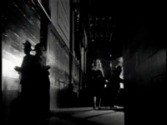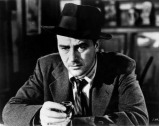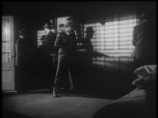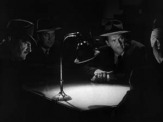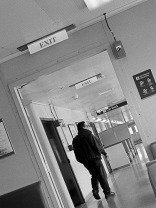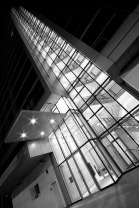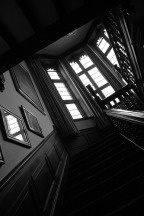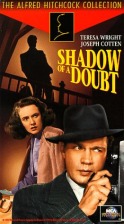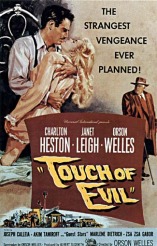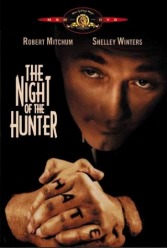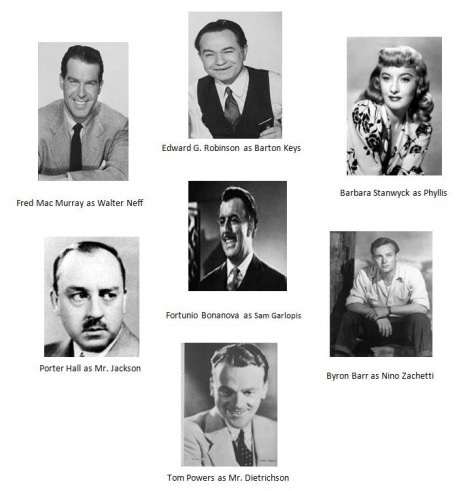Film Noir

Film Noir is a cinematic term used mainly to describe stylish Hollywood crime dramas that set their protagonists in the world which has all fraud and corruptness. Hollywood's classic 'Film Noir' period is generally regarded as stretching from the early 1940 - 2950's. Film Noir of this period is associated with low-key, black and white visual style that has roots in German expressionist cinematography.
Context - Film Noir
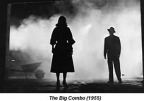
The French noticed with surprise after the war; how a gloomy, negative world had become contrasting to the nature of the can do USA. America’s movies were growing darker in the 1940s - not just visually, but also in terms of theme and content. There were numerous reasons for this, changes both in awareness and physical constraints.
The world had become a darker place and the more word seeped out of killing of war, the deeper the shadows grew over human nature. This was then portrayed in movies with doomed heroes called the protagonists whose fate seemed predictable. All of these elements joined together to express to mood of the term Film Noir.
Codes and Conventions of Film Noir
Could be broken down to
- Characters
- Visual/Style
- Plot/Story
Film Noir
Characters
Protagonist
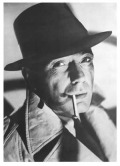
The protagonist is often the main character of a story. And usually gets trapped by the famme fatale, which makes himslef face dangerous situations due to the trapping of femme fatale.
Usually brought down by 'Femme Fatale' and his own greed. Strangely the audience still likes these dislike characters.
- Drinks/Smokes
- On the Edge
- Weak willed
- Desperate
- No morals
- Easily Seduced
- Lives in the world of crime(often Policemen)
Research in Library concentrating on Film Noir
Film Noir by Paul Duncan
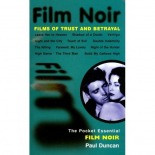
Paul Duncan has written Pocket Essentials on Alfred Hitchcock, Noir Fiction, and Stanley Bergman.
Reviews:
Noir explores the dark side of post-war society—gangsters, hoodlums, prostitutes, and killers—and shows how it corrupted the good and the beautiful.
Film Noir - 'The Third Man'
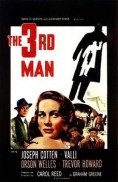
The Third Man (1949) is a Britishfilm noir directed by Carol Reed and starring Joseph Cotten, Alida Valli, Trevor Howard and Orson Welles.
Review:
The Third Man is a gripping, political noir thriller set in a post-war Vienna divided into four allied-governed sections (France, Russia, Britain, America). Though the political context is used mainly as an atmospheric backdrop, it does shade the film’s characterisations, and is a fairly accurate depiction of the international intrigue surrounding postwar Vienna.
Chiaroscuro Lightening
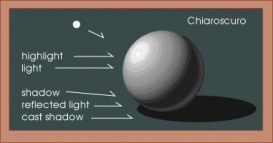
Chiaroscuro is a type of extreme lighting used in Film Noir to create distinct areas of light and dark which therefore helps create tension and moreover indicates the two sides of a character which is represented by the lightening on characters faces for example. This lightening technique makes these noir films more tense, for example the use of looming shadows which make the scene look quite tense.
Examples of Chiaroscuro Lightening
All the examples above of Chiaroscuro lightening show areas of light and dark which then creates a certain type of atmosphere and indicates a characters role in the film in this case 'Film Noir'.
Dutch angle
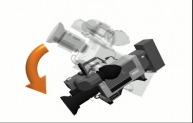
Are often used to portray the emotional nervousness or tension of what is being filmed. This is done by tilting the camera to the side so that the shot has the horizon an angle to the bottom line of the frame. Example The Third Man makes extensive use of Dutch angle shots, to emphasize the main character's diversity, in a foreign environment.
Examples of Dutch Angle shot
The examples above are the Dutch angle shots which are used to portray uneasiness or tension and is achieved by tilting the camera so that the shot has the horizon at the angle to the bottom line of the frame.
Film Noir - Slang/Colloquial language - Glossary
· Bump off - to murder casually or cold-bloodedly.
· Babe - a person and especially a young woman who is sexually attractive.
· Glad rags - dressy clothes.
· Hooch - alcoholic liquor especially when inferior or illicitly made or obtained.
· Nailed - to arrest or punish for an offense.
· Noodle - a stupid person.
· Looker - one that has an attractive appearance.
· Knock off - a copy or imitation of someone.
· Dame - a woman of rank, station, or authority.
· Cop – police. · Moll - a gangster's girlfriend.
- Skirt - a girl or woman.· Stiff – drunk
Film Noir - Research on 'Posters'
Double Indemnity
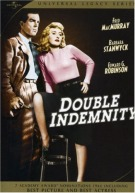
Double Indemnity (1944) is an Academy Award nominated film noir starring Fred MacMurray, Barbara Stanwyck and Edward G. Robinson. The movie was directed by Billy Wilder and adapted by Wilder and Raymond Chandler. Phyllis (femme fatale) persuaded her boyfriend, Neff (protagonist), to kill her husband and take out the money with the double indemnity clause attached to it, the plan was quite succesfull untill when Neff confessed his offense in the dicta phone.
Characters
Main Characters
Phyllis Dietrichson
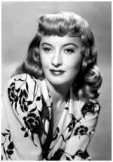
Phyllis is attractive, and with the appeal of the smooth, the powerful, the fatal. She’s the ultimate of confidence, but inside, there’s a steel trap warped and waiting to get the money.
Having this type of role make her an important character in the film Double Indemnity as she tricks Walter Neff who is an insurance sales man at the Pacific All-Risk.
Walter Neff
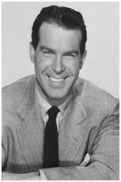
There are also original elements in the thematic and visual portrayal of Walter, who is not a criminal, but kills for the money and women; he's the firm's top salesman whom Keyes hopes to promote.
Usually wears a hat along with suit and is portrayed as a clever man. The story revolves around Neff as he is the main character in the film.
Double Indemnity Short Synopsis
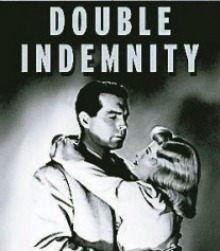
The classic example of Film Noir is Billy Wilder’s ‘Double Indemnity’ (1944) which completely shows the conventions of Noir films. MacMurray playing lead role as a protagonist named Walter Neff in the movie who is a sales person. He narrates the story by voice over on his flash back. Phyllis (femme fatale) persuaded her boyfriend, Neff, to kill her husband after having her spouse take out a big insurance policy—with a double-indemnity clause. However it all goes wrong and they end up shooting each other, leaving Neff trapped and dying. The story concludes by giving a bleak ending, which is usually done in Noir films.
My favorite scene from the movie 'Double Indemnity'
The scene above is my favourite scene because I think it was a well planned trick and the way it was shown was quite effective as the audience did feel tense at that situation which made them watch it carefully. I would also appreciate this scene because I think setting out a plan like this at the time of 1940's was quite dramatically portrayed.
My Overall Thoughts on 'Double Indemnity'
I think Double Indemnity is one of the finest Film Noirs as the story line and the plot of the movie is fascinating and apprehensive. The way Billy Wilder portrayed tense scenes was remarkable because it really made the audience feel tense and motivated them to watch the next scene. On the whole I would say Double Indemnity is a great classic Hollywood film with moody atmosphere and sparkling dialogue along with excellent performances by Fred MacMurray, Barbara Stanwyck, Edward G. Robinson.
